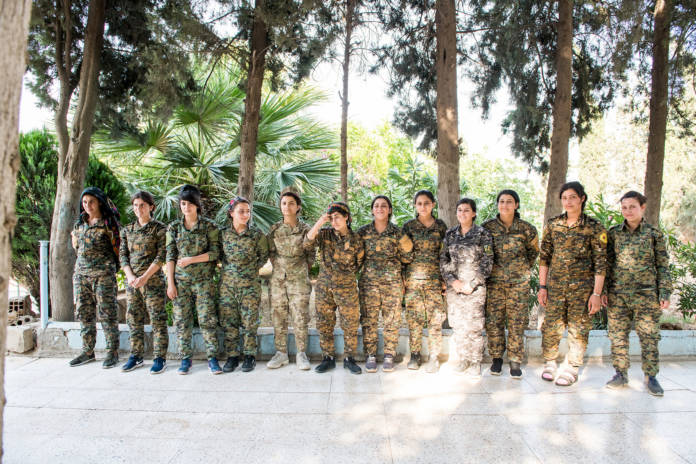Editor’s Note: This story by our Foreign Correspondent columnist Reese Erlich is accompanied by photographs by Beth LaBerge. In Laberge’s words, “I spent two weeks in June traveling between Qamishli and Kobani with a group of mostly academics, accompanied by two Asayish guards.
We crossed by boat at the Semalka border crossing from Iraqi Kurdistan, drove through oil fields and along the Turkish border. We visited the Martyrs’ Cemetery and areas destroyed by the Islamic State in Kobani, met YPJ members and injured veterans and spent time at Rojava University in Qamishli, where several professors taught seminars.
Havin Guneser, from the Kurdish freedom movement and Freedom for Ocalan, organized the trip overall. The Bay Area contingent of the trip to Rojava was organized by Andrej Grubacic, a professor at Berkeley and CIIS.
—–
FOREIGN CORRESPONDENT The crowd gathered slowly last Saturday in downtown Oakland as twenty-something women with multiple piercings and bearded hipsters waited for the rally to begin. Unlike some peace demonstrations populated mainly with baby boomers, this rally against the Turkish invasion of Syria included many younger activists.
One signs read “Queers support Rojava and Palestine.” An activist handed out buttons “Punks for Rojava.” Rojava is the name of the Kurdish region in northern Syria recently invaded by Turkey.
Some 300 people eventually joined the rally and march, part of national demonstrations supporting the Kurds and opposing foreign intervention in Syria.
“Do we want Putin, Erdogan, or Trump?” asked rally moderator Andrej Grubacic. “Or do we want a world without nation states?”
Help us save local journalism!
Every tax-deductible donation helps us grow to cover the issues that mean the most to our community. Become a 48 Hills Hero and support the only daily progressive news source in the Bay Area.
A cheer went up from the crowd receptive to the anarchist critique of all government. Rally organizers called for a cultural and economic boycott of Turkey.
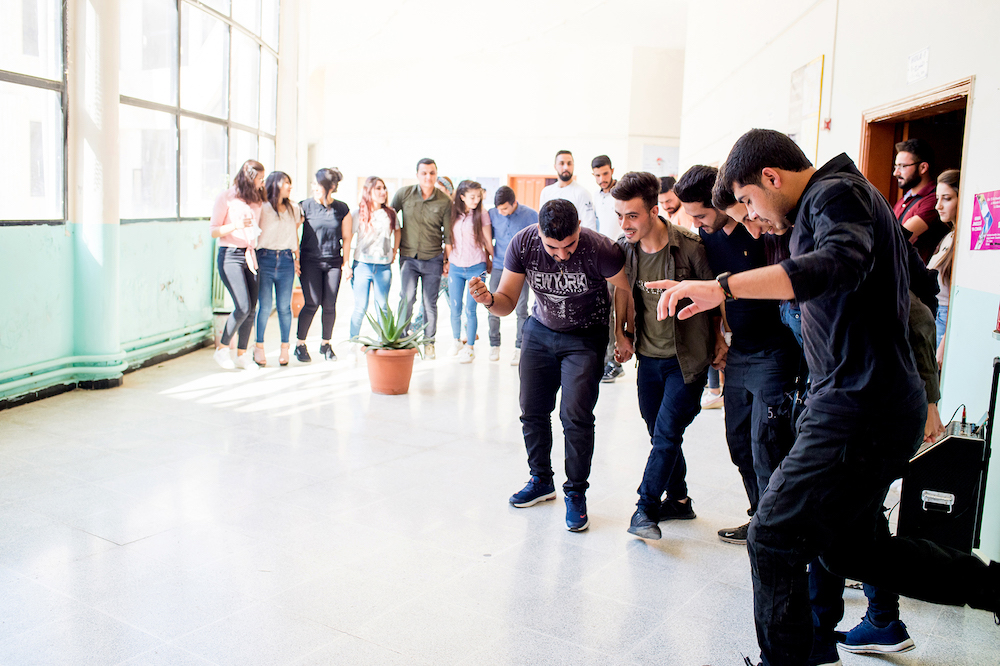
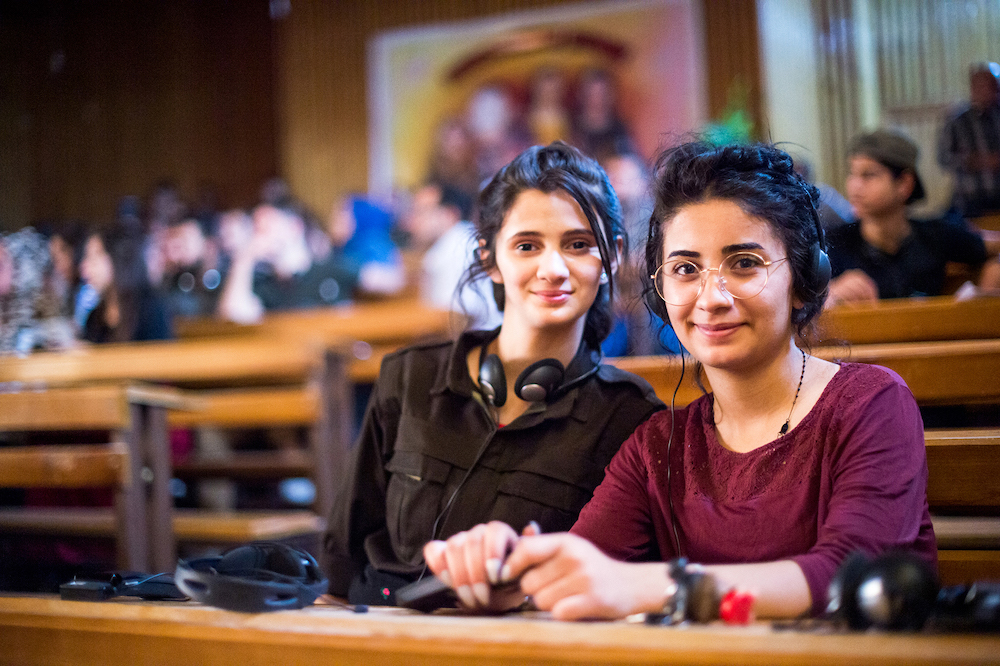
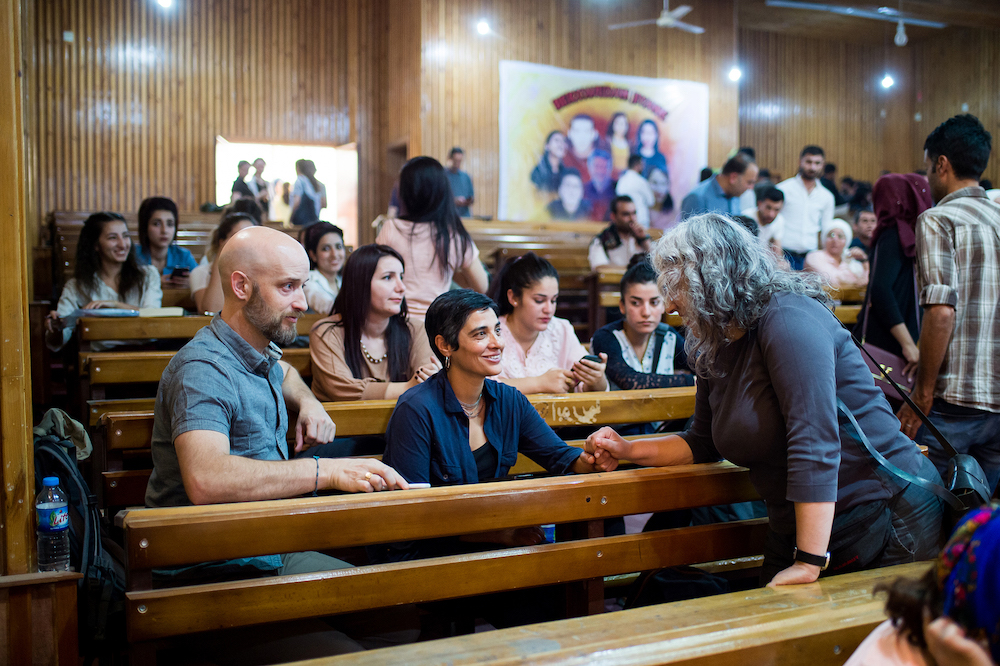
Turkish invasion
On Oct. 9, Turkey sent troops and Syrian mercenaries into Rojava with Trump’s implicit approval.
As a result of Turkey’s aggression, so far 250 Kurds have died and 300,000 forced to flee their homes. Erdogan has publically announced plans to move to northern Syria the 2 million Syrian refugees living in Turkey, thus displacing the indigenous Kurdish population.
“Trump allowed civilian massacres,” rally organizer Grubacic told 48 Hills in an interview. He also chairs the Department of Anthropology and Social Change at the California Institute of Integral Studies (CIIS) in San Francisco. “What Trump did exposed Kurdish civilians to ethnic cleansing.”
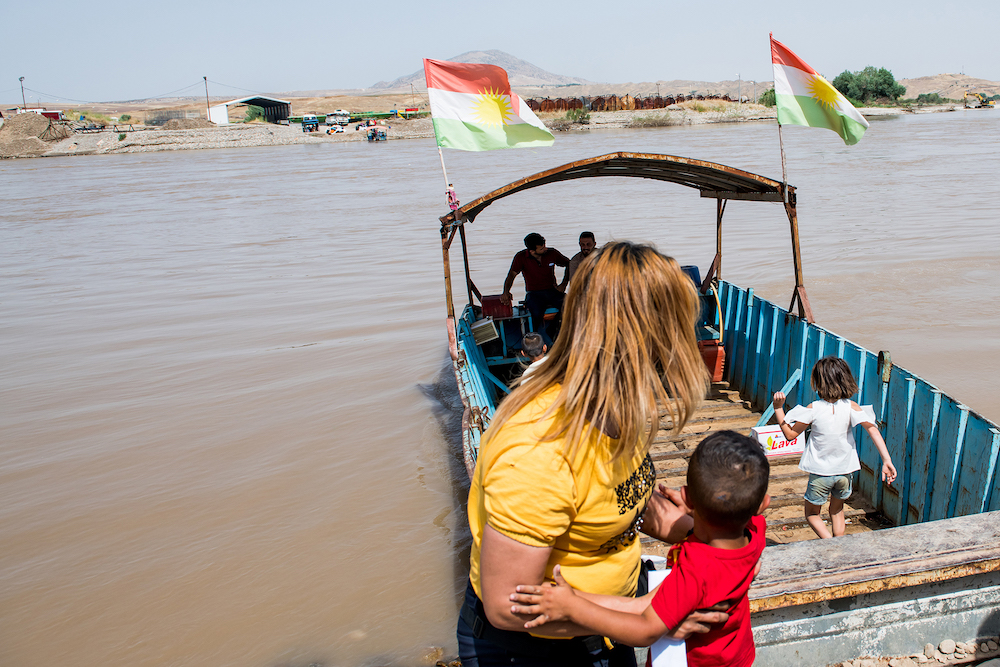
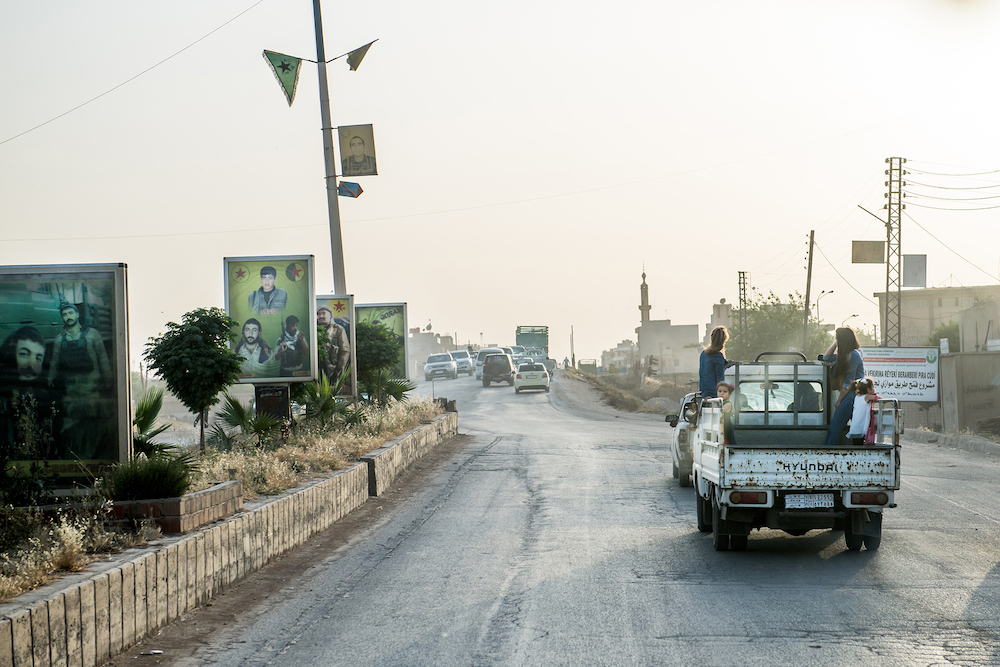
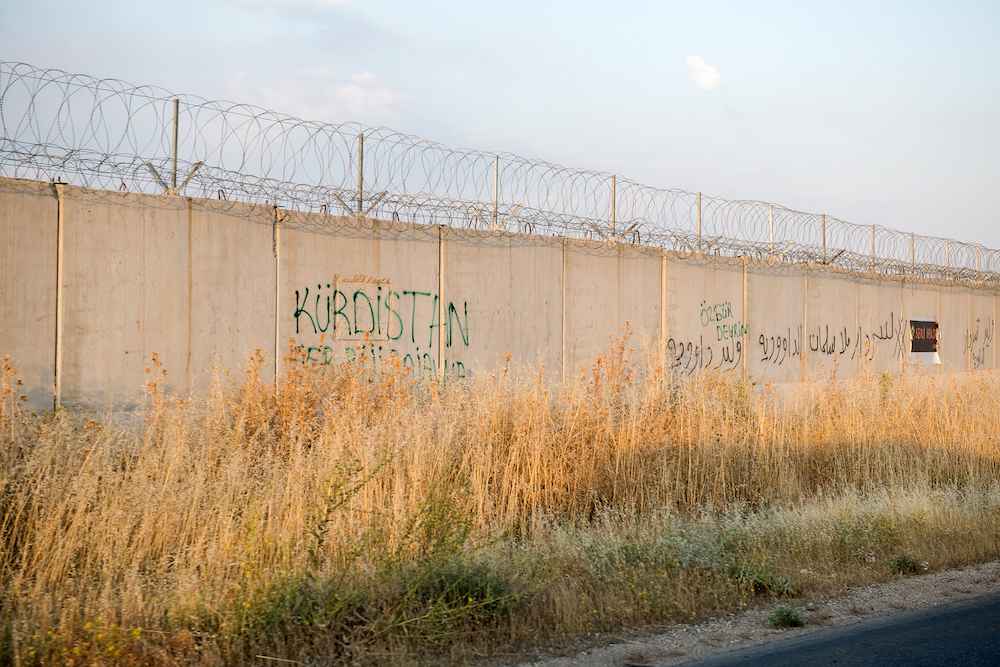
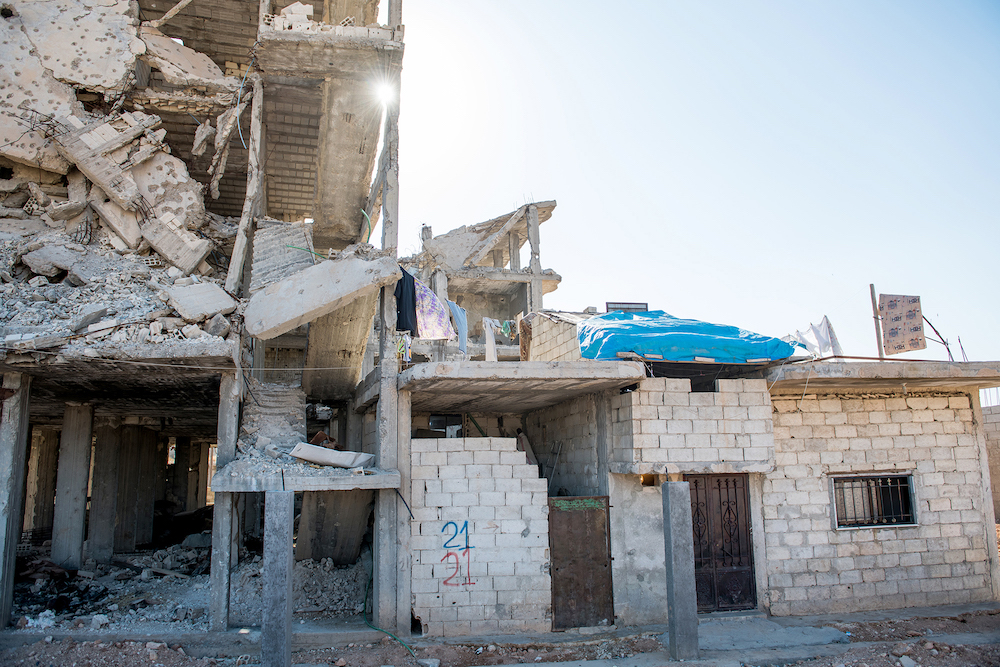
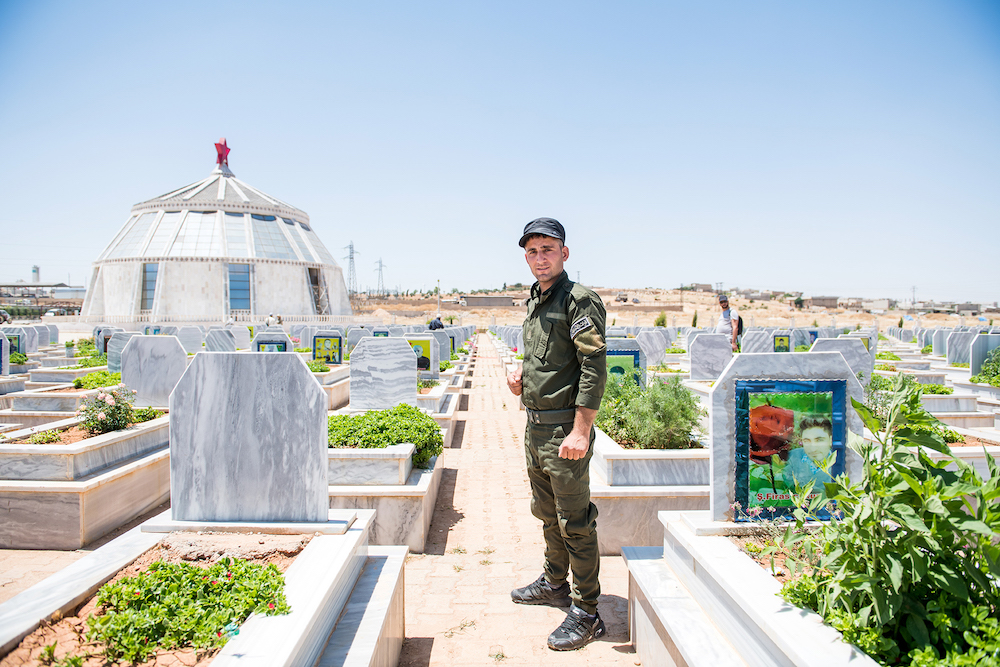
Strange bedfellows
The Syria conflict makes for very strange alliances. Beginning in 2015, the leftist Syrian Democratic Forces (SDF) decided to build a strategic alliance with the US, acting as the Pentagon’s ground troops to fight ISIS in Syria. The SDF is supported not only by black bloc anarchists, but by Republican senators and Democratic Party hawks.
The Pentagon backed the SDF as the only pro-US force capable of defeating ISIS. The Pentagon ignored the SDF efforts to build “democratic confederalism,” in which civilians participated in local governing councils, because they were such effective fighters.
The US pressured the SDF to break off talks with Syrian President Bashar al Assad about a possible political settlement. The Pentagon also forced the SDF, who was expecting a Turkish invasion, to reveal their defenses to prove they wouldn’t attack Turkey. The US allowed the Turkish military to inspect the sites and later used intelligence gathered there to launch their attack.
Grubacic argues, however, that the alliance with the US was a good idea. It allowed the SDF to build up Rojava for five years, he said, while fighting the ISIS.
“They didn’t expect the US to stay forever,” he said. “But they didn’t expect Trump to make a deal with Erdogan. They were genuinely surprised and shocked.”
So after the Turkish invasion, the SDF struck a deal with Damascus and Moscow. Assad sent troops back into northern Syria for the first time since 2012. Russia will hold joint patrols with Turkey near the border.
Trump, on the other hand, claims he wants to bring the troops home and stop fighting “endless wars.” He was supported by libertarian Senator Rand Paul (R-Kentucky). In reality, Trump pulled US troops back, allowed the Turkish invasion, then reversed course and sent troops to occupy Syria’s oil fields. When this mess began, the US had some 1000 troops in Syria. When the new deployments are complete, there will be 900.
Trump has managed to destroy U.S. credibility, anger allies, and embolden enemies—all without actually bringing US soldiers home.
Meanwhile, on Oct. 22, Turkish President Recep Tayyip Erdogan and Russian President Vladimir Putin agreed to a ceasefire in which the SDF will be forced out of a zone 20-miles deep stretching along the entire Syrian-Turkish border, basically achieving the goal of Turkey’s invasion.
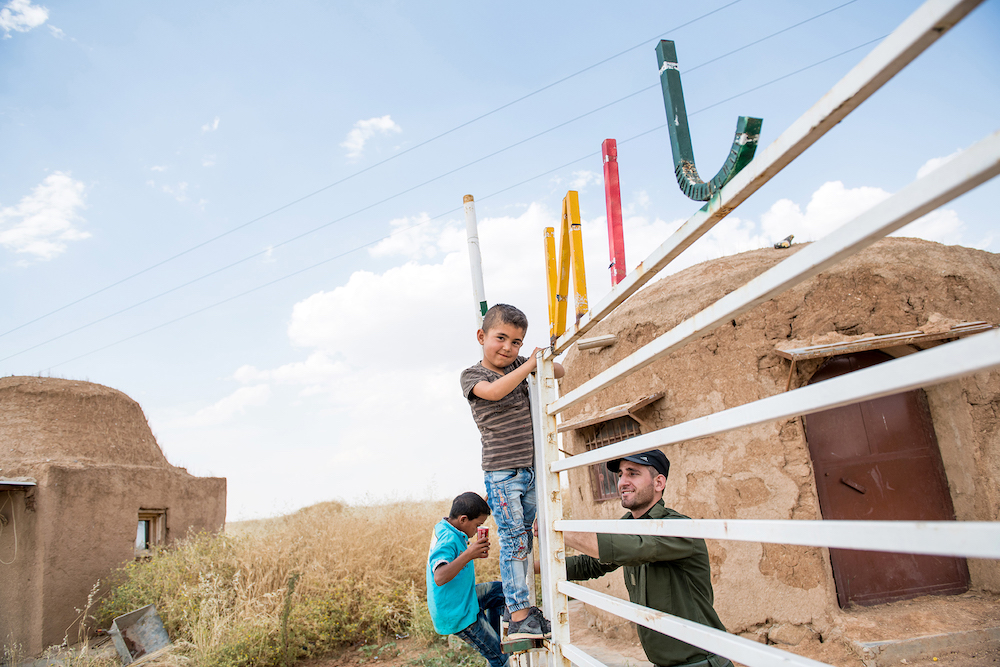
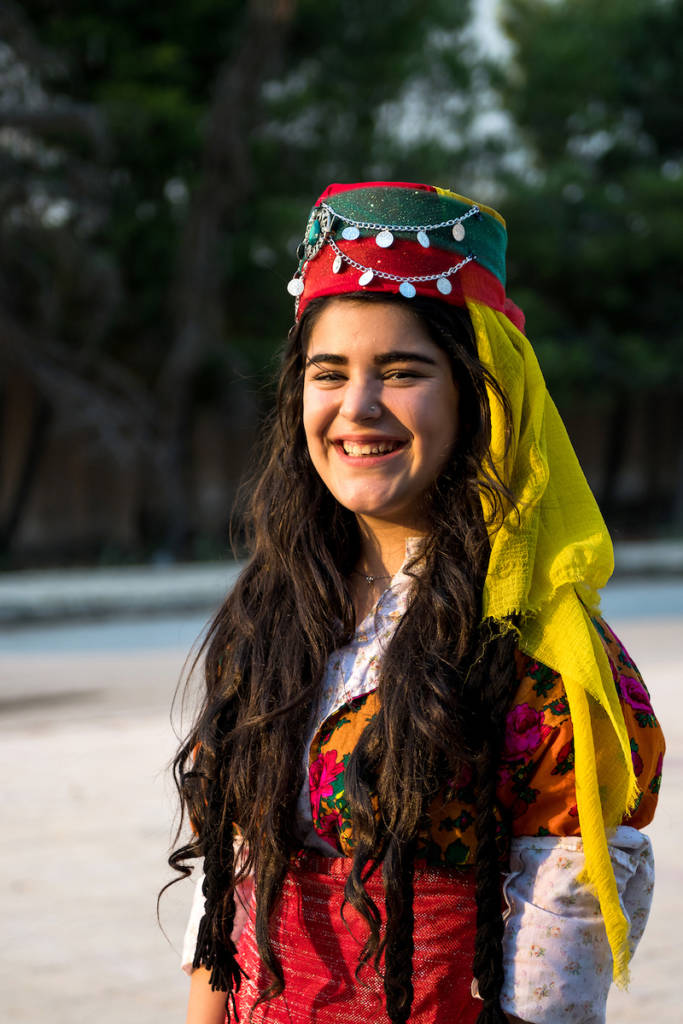
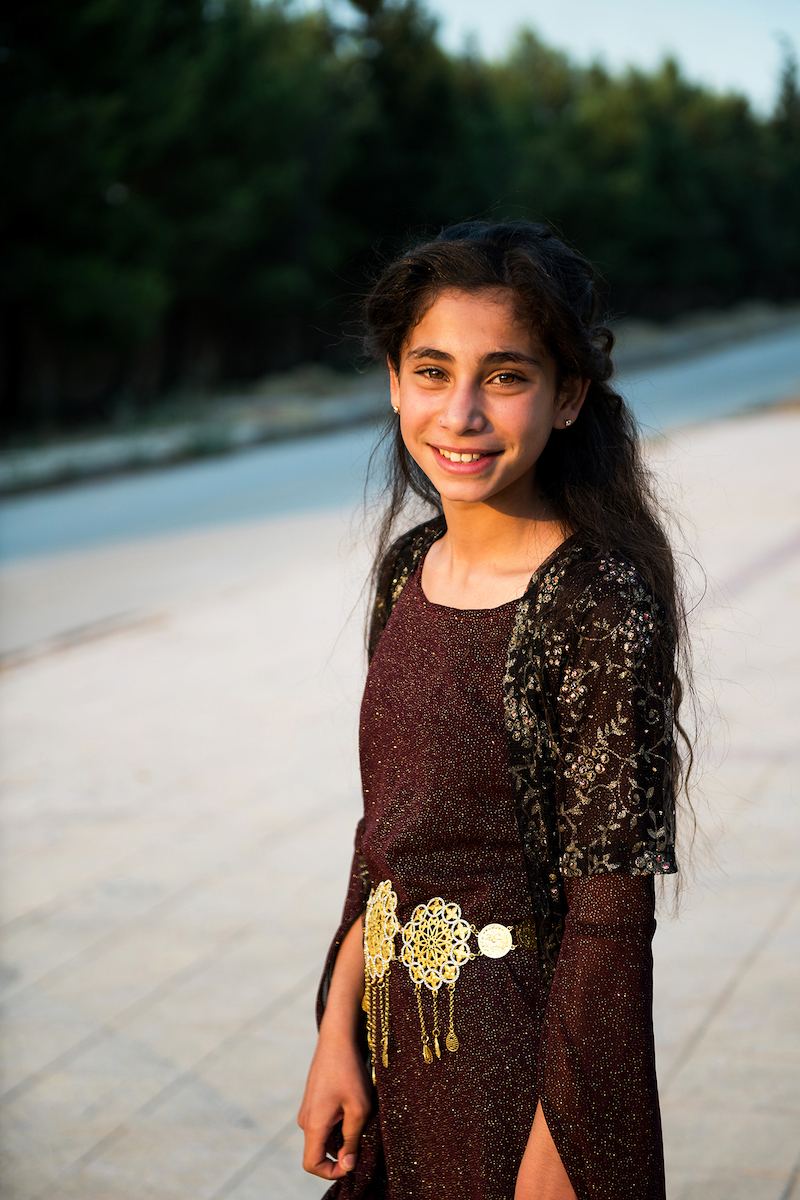
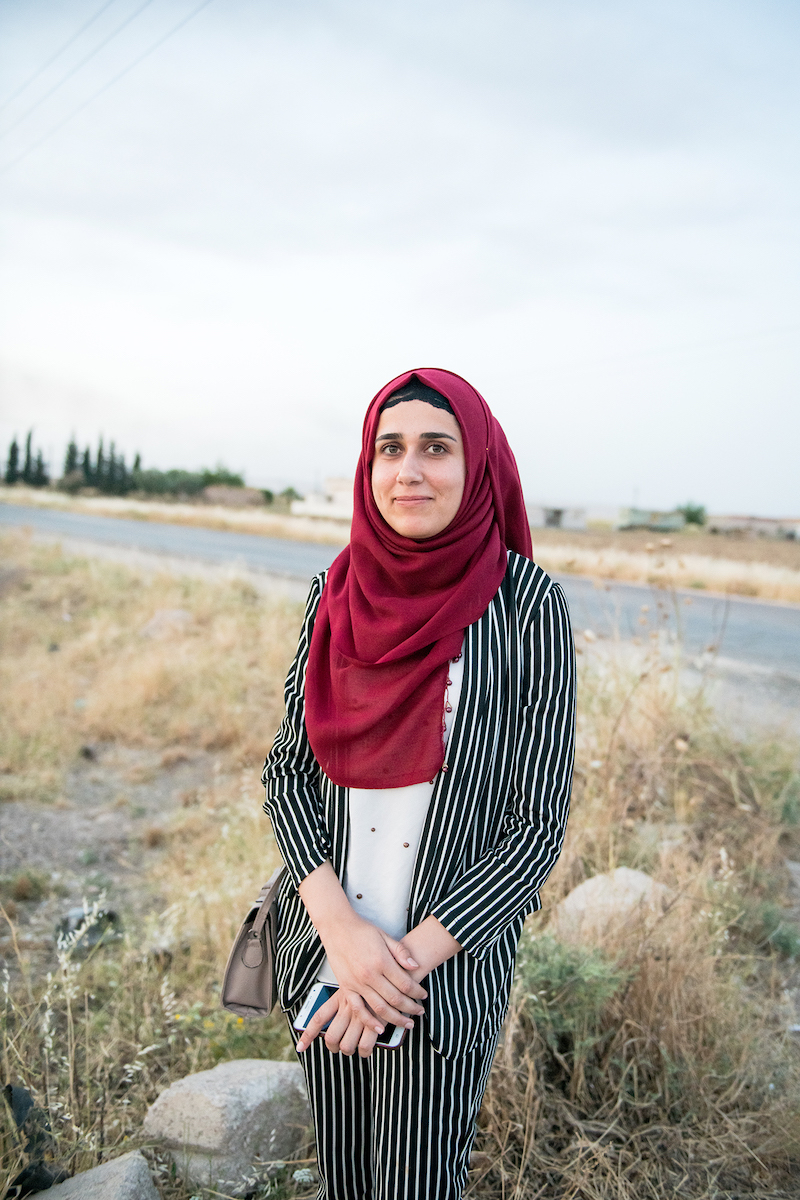
Rojava experiment
Leftists, and anarchists in particular, were drawn to the SDF because of its promotion of grass-roots democracy and women’s rights.
“All organizations in Rojava have men and women co-chairs,” Targol Mesbah told 48 Hills. She is an assistant professor of Anthropology at CIIS, who visited Rojava in June. “You can feel the liberated power of these women.”
SDF critics argue that visitors to Rojava get a one-sided view. They say the Kurdish leadership prohibits other political parties from organizing in Rojava, sometimes roughly conscripts residents into their armed wing and promotes a cult of personality around imprisoned Kurdish leader Abdullah Ocalan.
But Mesbah says she saw a different reality. She visited Jinwar, Kurdish for the Village of Free Women, a cooperative of 11 women. They run a school, ecological projects, harvest wheat and operate a bakery.
But just a few days after her delegation left, “the wheat fields were intentionally burned, most likely by ISIS or the Turkish government,” she said.
It was always difficult to build local institutions under wartime conditions, and now the Turkish invasion could wipe it out altogether.
Rojava’s future?
The future of Rojava now hinges on SDF’s relations with Damascus and Moscow. During the initial US withdrawal, the SDF and Assad government declared an alliance.
The SDF agreed to join the Syrian army’s Fifth Corps, a unit that includes foreign fighters and is commanded by Russia.
Joshua Landis, director of Center for Middle East Studies, University of Oklahoma told 48 Hills that the People’s Protection Units (YPG), the SDF’s armed wing, will maintain its internal structure within the Fifth Corps – for now.
“But eventually the regime will purge the military as it has done with other militias who joined the army,” he said. “The Syrian regime rejects the north Iraq model with the peshmerga (armed militia) as an independent force.”
And Assad rejects the kind of autonomy practiced by the SDF over the past eight years. But in a recent meeting with Kurdish leaders, he left room for concessions.
“The Syrian government has the right to defend the territorial integrity of Syria and be aware of separatist calls, but the Syrian state has no problem with Syrian diversity and finds in that richness and strength,” he said.
Landis said Damascus is only offering some cultural autonomy, such as teaching Kurdish in schools and celebration of Kurdish holidays.
“There’s a monstrous political difference between the SDF and Damascus,” said Landis. “The US gave them quasi-independence and that’s gone.”
Grubacic is more optimistic. He argues that the SDF has spent years building local political structures. “If the Syrian government eliminated them, everything would fall apart,” he said. “We can only hope that they can have some level of autonomy.”
But it won’t come without a fight on the ground in Rojava and in the court of international public opinion. And that’s where Saturday’s rallies fit in, Grubacic said.
“I have faith in grassroots, international pressure.”
—————
Freelance journalist Reese Erlich has reported on Syria since 2002 and is author of Inside Syria: The Inside Story of Their Civil War and What the World Can Expect.

